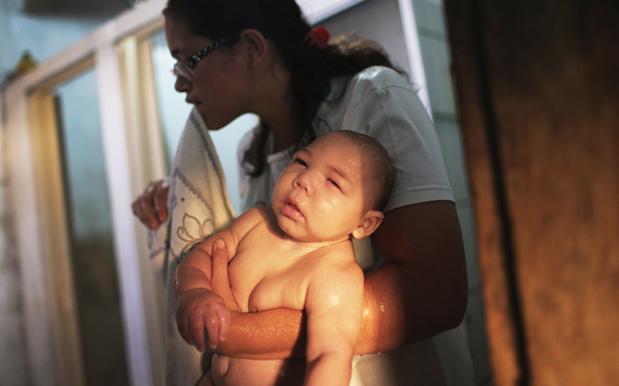
Jayyyyysus. This Zika virus? The World Health Organisation is now estimating that it’ll affect somewhere between 3 and 4 million people before we’ve seen the last of it (timeline currently unknown), and have now upped the threat from “mild” to “alarming”.
The WHO’s General-Director Margaret Chan today addressed the board in Geneva, saying:
“The situation today is dramatically different. Last year, the virus was detected in the Americas, where it is now spreading explosively. As of today, cases have been reported in 23 countries and territories in the region.
“The level of alarm is extremely high.”
Although Brazil has seen the worst of the outbreak, several countries outside of the Americas have reported nationals returning home from South America with the disease, including three Britons and one Dane.
Fairfax is reporting that six people in Australia tested positive for the Zika virus last year, it’s almost certain all were infected overseas; a spokesperson for the federal health department said that “there have never been any locally acquired cases of Zika virus infection reported in Australia.”
The Zika virus on its own isn’t the key factor here. While there’s no vaccine yet available, those infected will experience symptoms similar to dengue fever – including fever, skin rashes, conjunctivitis, muscle and joint pain, malaise, and headaches – for anywhere from 2–7 days, and an estimated 80% infected will have no symptoms whatsoever.
“The possible links, only recently suspected, have rapidly changed the risk profile of Zika, from a mild threat to one of alarming proportions. The increased incidence of microcephaly is particularly alarming, as it places a heart-breaking burden on families and communities,” said Chan.
The Zika virus is primarily being spread through mosquito bites, so anyone travelling to the Americas is urged to take every prevention to avoid being bitten, and the Australian government is urging any women who are pregnant or hoping to become pregnant to avoid travelling to regions affected (full list here).
The WHO has scheduled an Emergency Committee meeting for Monday to get their game plan ready.
Photo: Mario Tama / Getty.



